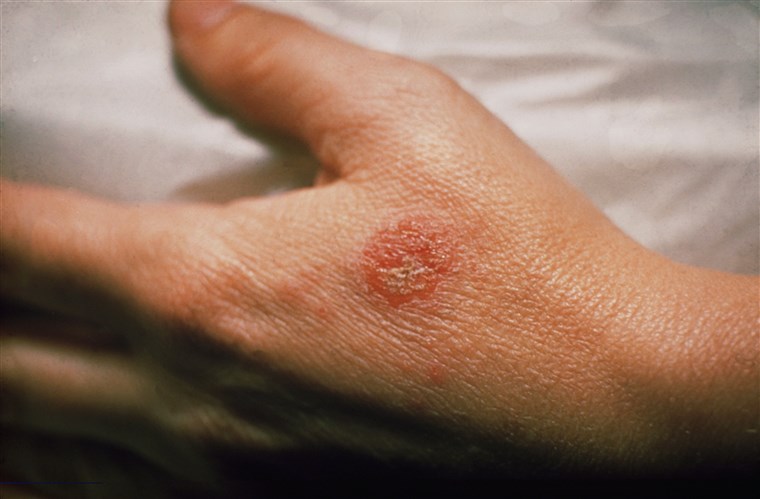Eczema is a condition in which parts of the skin become inflamed, itchy, red, cracked, and rough. Blisters may sometimes occur.
Eczema has shown to be brought, well under control with the help of Ayurvedic Treatment. Diet (Ahara) and Lifestyle (Vihara) have proven to be the cornerstones of management.
Management for Kustha is beneficial in Vicharchika [Eczema]. In case of Vata predominant Kustha–internal administration of ghee is advised. For Pitta predominant Kustha–Virechana (therapeutic purgation) is helpful, followed by Rakta Mokshna (therapeutic bloodletting), and for Kapha predominant Kustha–Vamana (therapeutic vomiting) is beneficial.
According to Ayurveda, eczema is best treated with Panchakarma therapy.
Treatments like-
- consuming medicated ghee for about seven days
- whole body oil massage
- inducing sweating and
- inducing purging and vomiting could be recommended.
The above treatments are meant to help control eczema by removing toxins and supporting the immune system.
Ayurvedic herbal remedies-
Ayurvedic treatment also involves consuming various herbs. They can be added to food, drink them as tea, or in the form of a supplement.
The following herbs are used to treat the symptoms of eczema-
- Cardamom
- Turmeric
- Triphala
- Neem
Dietary Changes Needed-
- The diet should be able to pacify the dosha that is primarily vitiated.
- Certain foods are commonly known to be aggravating to Vicharchika. Hence avoid the following–hot and spicy foods, excess fermented foods, excess salt, alcohol, sour fruits, deep-fried foods, ice cream, cold drinks, coffee, strong tea and overconsumption of nuts.
- Consume Light food.
- Consume more of Bitter vegetables like bitter and the ridge gourd, brinjal, lauki etc., Purana Dhanya (Older grains), Mudga (Green gram), Patola (snake gourd), Shali-Shastika (rice harvested in 60 days), Yava (barley), Goduma (wheat).
- Introduce ghee into your diet.
- Drink 6-10 glasses of water a day
It is best to eat a plant-based diet rich in whole, healthy and unprocessed foods. The right diet for eczema also must include foods rich in-
- Essential fatty acids
- Zinc
- Vitamin A and vitamin C
The above nutrients help in reducing the symptoms of eczema.
Treatment also includes drinking lots of fluids. Liquorice tea and aloe vera juice are among the recommended ones.
Foods to avoid–
- alcohol
- dairy products
- refined sugar
- acidic fruits
- tomatoes
- fried food
- salty or spicy food and
- processed food
These foods could exacerbate your eczema symptoms.
Topical remedies include–
To soothe your skin, you can try topical natural treatments like:
*Oatmeal bath-
Oatmeal is a fine powder made out of ground oats. When used for bathing, it can calm your skin by reducing inflammation.
*Coconut oil-
Coconut oil is ideal for dryness caused due to patchy skin. It has antibacterial properties, that can prevent harmful and infection-causing bacteria from entering the cracked skin.
Spread the oil on damp skin–once or twice a day. Use cold-pressed coconut oil, as it is free from potentially irritating chemicals.
*Hemp seed oil-
Hemp seed oil can hydrate and strengthen the skin. It could help prevent bacterial infections and provide relief from itching.
*Sunflower oil-
Sunflower oil can be used as a natural moisturizer. It can reduce inflammation and increase hydration–making it ideal for relieving symptoms of eczema. Sunflower oil can be applied twice a day.
*Aloe Vera gel-
Aloe vera gel can relieve inflamed skin and itching, due to its cooling effect. Apply the gel on the skin once or twice a day.
Stress management techniques-
Ayurvedic treatment for eczema also focuses on relieving stress since it can trigger eczema flare-ups. This may be done via–
- deep breathing techniques
- massage
- meditation
- walking
- yoga
Madras Institute of Ayurveda [MIA], Chennai is an Ayurvedic centre, where age-old treatment techniques are administered for all types of health conditions. There are outpatient and in-patient departments, with facilities for consultation in different specialities. Connect with us at www.miayurveda.org to learn more about the treatment plans.













